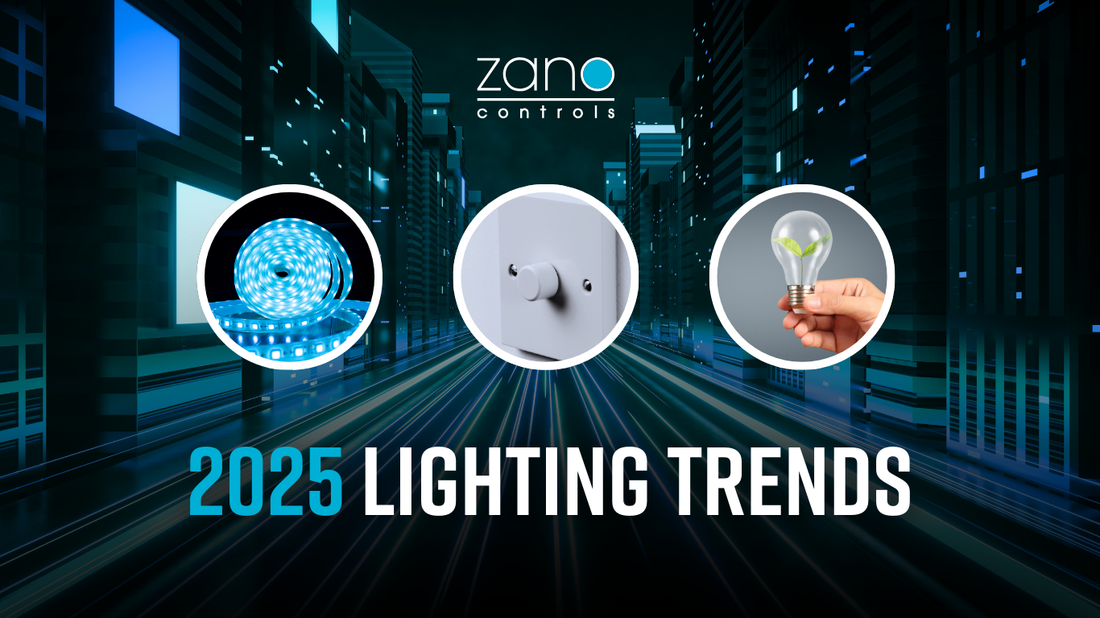What trends, products and regulations are going to be influencing your lighting projects this year? Zano Controls shares three things that will impact the lighting sector in 2025.
This year, demand for LED lighting projects will continue to grow. While you might be reading a lot of doom and gloom around construction in general amidst the cost-of-living crisis and economic uncertainty, demand for LED installations shows no sign of slowing, as businesses and homeowners alike look to LED lighting as a way to reduce bills, improve sustainability and even make cosmetic upgrades to properties without forking out for major renovations.
According to a recent report, the UK LED lighting market in the UK is set to reach $1.72 billion by 2030, with a 4.56% annual growth rate in the next 5 years. While some of this growth can be attributed to more specialist projects, like agricultural and municipal LED installations, a large proportion is still going to be driven by domestic and business projects: your standard lighting installs, retrofits and upgrades. Here, we look at some of the trends that might be influencing those projects over the next 12 months, from regulatory changes to social media styles.
‘Smart’ lighting control is still in demand – but complicated apps are falling out of fashion
In both commercial and domestic premises, so-called smart lighting is still in demand, but people’s expectations of what they really want from ‘smart’ solutions are changing. When smart technologies first started emerging on to the market, there was a surge in demand for products that promised easy remote control of lamps and lighting systems via mobile app, yet over time, sales of these products have plateaued or, in some cases, even declined. Perhaps it’s driven by greater awareness of privacy issues around WiFi connected products, or perhaps it’s simply screen fatigue – does anyone really need another app when they could just use a switch? There’s also the issue of longevity: apps need constant updating and run the risk of becoming defunct when the manufacturer moves on to the next innovation or experiences a lull in uptake.
Over time, many people have realised that what they want from smart lighting is greater control over their lighting and reduced energy consumption – but apps aren’t always the best way to achieve this.
This year, we expect to see lighting control trends veer towards simpler and more ‘hands on’ solutions rather than complex digital applications. Simple but effective dimming controls will allow homeowners to control their light levels (and reduce their energy bills) without having to navigate digital applications.
Trend tip: Think more about how you can offer smart, sustainable and adaptive lighting that’s easy to control, rather than anything too high-spec or gadget-focused. Simple dimmers, timers, sensors and colour/temperature switching lamps are often more practical than mobile-controlled systems.
Landlords will need to act on Minimum Energy Efficiency Standards (MEES)
By 2025, any new private rentals will need to meet specific Energy Performance Certificate (EPC) ratings, with existing tenancies needing to follow suit by 2028. This means that in the next three years, every privately rented home will need to have an efficiency rating of C or above – which includes energy efficient lighting systems. You may see an influx of landlords looking to retrofit sustainable lighting solutions – such as LEDs, dimmers and even motion sensors (although the latter will be more in hallways, staircases and thoroughfares) in order to conform to the regulations by 2028, while new build tenancies or conversions will need to reach the C rating by this year to stay compliant.
Trend tip: be ready to advise on products and installations that can reduce energy consumption while maintaining tenant comfort. Unlike commercial premises, energy efficiency in private rentals needs to be flexible and personal, which makes LEDs paired with dimmers a good option.
TikTok lighting trends are going to influence domestic installs
Is there anything that hasn’t been influenced by TikTok yet? Even interior lighting can’t escape the social media platform’s sphere of influence, and you are likely to see customers requesting key looks that are appearing on the site in their homes throughout 2025. Key trends that are emerging include ‘lampscaping’ (the trend towards softer, dimmable directional light and away from harshly illuminating downlights) and mood lighting – which is nothing new but is likely to see an uptick in interest thanks to influencers’ focus on using lighting to create the right ‘vibe’ for their space.
Lastly, LED strip lighting is having a heyday on social media, with users discovering its ability to, relatively cheaply, create a unique, striking look virtually anywhere. Before you panic at the thought of dimming reams of LED tape, take a look at this article which shows you how to do it easily with the ZBARLED.
Trend tip: expect requests for more than just your traditional downlights plus central pendant lighting. Think wall spots, accents, LED tape and dimmable functionality everywhere, and a renewed focus on clever lighting design to strike the right mood.
Need help navigating 2025’s LED lighting trends? Our technical team are always on hand to help you with any lighting design or product queries – just give us a call on 0345 519 5858.
#TeamZano

